Introduction
Stir-fried tea tree mushrooms, a dish celebrated for its umami-rich flavor and satisfying texture, have become a staple in kitchens across the globe. Originating from East Asian cuisine, this versatile vegetable—known scientifically as Agrocybe aegerita—is prized for its earthy aroma and meaty consistency, making it an ideal candidate for stir-frying. Whether you’re a seasoned home cook or a curious novice, mastering the technique to prepare this dish unlocks a world of culinary possibilities. Beyond its delectable taste, tea tree mushrooms boast impressive nutritional benefits, including high fiber content, antioxidants, and essential vitamins. This article delves into the intricacies of stir-frying tea tree mushrooms, offering a comprehensive guide to achieving perfection in every bite. From ingredient selection to plating, we’ll explore tips, tricks, and scientific insights to elevate your stir-fry game.

The Allure of Tea Tree Mushrooms
Tea tree mushrooms, often labeled as “tea mushrooms” or “agrocybe mushrooms,” grow naturally on decaying wood or in rich, moist soil. Their slender, beige-colored stems and small, tan caps resemble delicate clusters, earning them nicknames like “pied de mouton” (sheep’s foot) in French cuisine. What sets them apart is their ability to absorb flavors while maintaining a firm, almost al dente texture when cooked. This quality makes them a star ingredient in stir-fries, soups, and even grilled dishes.
Nutritional Powerhouse
Before diving into the cooking process, it’s worth highlighting the health benefits of tea tree mushrooms. Rich in beta-glucans—a type of soluble fiber—they support immune function and may reduce cholesterol levels. Additionally, they contain B vitamins, potassium, and antioxidants like ergothioneine, which combat oxidative stress. Incorporating them into your diet is a flavorful way to boost nutritional intake without compromising on taste.
Ingredients: Building the Foundation
Creating a memorable stir-fry begins with selecting the finest ingredients. Here’s a breakdown of what you’ll need:
- Tea Tree Mushrooms (400g): Fresh is best. Look for firm, unbruised clusters with tightly closed caps. Avoid slimy or overly dry specimens.
- Aromatics:
- Garlic (4 cloves, minced)
- Ginger (1 tbsp, freshly grated)
- Shallots (2, thinly sliced) or yellow onion (1/2, diced)
- Vegetables (Optional):
- Bell peppers (1, any color, julienned)
- Carrots (1, peeled into ribbons)
- Snow peas (100g, trimmed)
- Protein (Optional):
- Tofu (200g, pressed and cubed)
- Chicken breast (150g, sliced)
- Shrimp (150g, peeled and deveined)
- Sauce Base:
- Soy sauce (2 tbsp, low-sodium recommended)
- Oyster sauce (1 tbsp, or vegetarian oyster sauce)
- Sesame oil (1 tsp)
- Rice vinegar (1 tsp)
- Sugar (1/2 tsp, optional for balance)
- Starch Slurry (Optional):
- Cornstarch (1 tsp)
- Water (2 tbsp)
- Cooking Oil:
- Neutral oil (2 tbsp, e.g., peanut, vegetable, or avocado oil)
- Toasted sesame oil (1 tsp, for finishing)
- Garnishes:
- Fresh cilantro or Thai basil
- Sliced green onions
- Toasted sesame seeds
Preparation: The Key to Success
Stir-frying is a high-heat, quick-cooking method that demands precision. Proper preparation ensures ingredients cook evenly and retain their vibrant flavors.
-
Cleaning the Mushrooms:
- Gently brush off any dirt with a soft brush or damp cloth. Avoid soaking, as mushrooms absorb water and may become soggy.
- Trim the tough ends of the stems if necessary.
-
Prepping Aromatics and Vegetables:
- Mince garlic and ginger finely to ensure they infuse the oil quickly.
- Slice vegetables uniformly for even cooking. Thin strips (julienne) work best for quick stir-fries.
-
Marinating Protein (If Using):
Toss protein in a mixture of soy sauce, cornstarch, and a pinch of pepper. This seasons the meat and creates a protective coating to lock in moisture.
-
Mixing the Sauce:
Combine soy sauce, oyster sauce, sesame oil, rice vinegar, and sugar in a small bowl. Stir until the sugar dissolves.
The Stir-Frying Process: Step-by-Step
Stir-frying is as much a science as it is an art. Mastering the sequence and timing ensures each ingredient reaches its peak flavor and texture.
Heat the Wok or Skillet:
- Use a carbon-steel wok or a large, heavy-bottomed skillet. These materials distribute heat evenly and withstand high temperatures.
- Place the wok over high heat until a drop of water evaporates instantly. Add 2 tbsp of neutral oil and swirl to coat the surface.
Sear the Protein (If Using):
- Add marinated protein to the hot wok in a single layer. Allow it to sear undisturbed for 1-2 minutes until golden brown. Flip and cook until done. Remove and set aside.
Stir-Fry Aromatics:
- Reduce heat to medium-high. Add minced garlic, ginger, and shallots. Stir-fry for 30 seconds until fragrant but not browned.
Cook the Vegetables:
- Add harder vegetables first (e.g., carrots, bell peppers). Stir-fry for 2-3 minutes until slightly tender.
- Toss in quicker-cooking veggies (e.g., snow peas) and cook for another minute.
Introduce the Mushrooms:
- Increase heat to high. Add tea tree mushrooms and spread them in a single layer. Let them sear undisturbed for 1-2 minutes to develop caramelization.
- Toss gently and stir-fry for 3-4 minutes until the mushrooms release their moisture and turn golden brown.
Reintroduce Protein and Sauce:
- Return cooked protein to the wok. Pour in the prepared sauce and stir to coat everything evenly.
- For a glossy finish, add the cornstarch slurry and stir until the sauce thickens (1-2 minutes).
Finish with Aromatics:
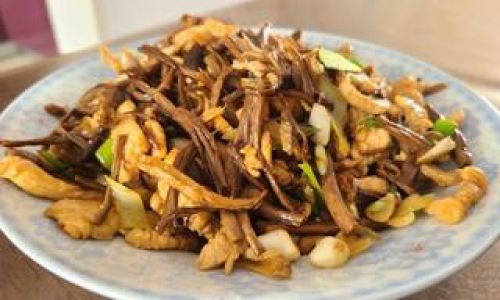
- Drizzle toasted sesame oil over the dish and toss to combine. Remove from heat immediately to prevent overcooking.
Plate and Garnish:
- Transfer the stir-fry to a serving platter. Garnish with fresh herbs, green onions, and sesame seeds.
Tips for Stir-Fry Perfection
-
Wok Hei: The Breath of the Wok
- Achieving wok hei—the smoky, charred flavor—requires cooking over intense heat. Ensure your wok is screaming hot before adding ingredients.
-
Prep Ahead:
Chop all ingredients before lighting the stove. Stir-frying moves quickly, and overcooked vegetables can ruin the dish.
-
Don’t Overcrowd the Pan:
Cook in batches if necessary. Overcrowding lowers the temperature, leading to steaming instead of searing.
-
Adjust Seasoning to Taste:
Taste before serving and add a splash of soy sauce or a pinch of sugar if needed.
-
Experiment with Flavors:
Add chili flakes for heat, hoisin sauce for sweetness, or black bean sauce for depth.
Common Mistakes to Avoid
-
Using Wet Mushrooms:
Pat mushrooms dry after cleaning to prevent steaming.
-
Under-Seasoning:
Mushrooms absorb flavors, so season generously.
-
Overcooking:
Stir-fry until just tender to retain their meaty texture.
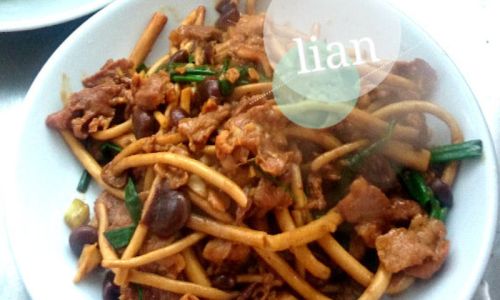
-
Skipping the Sear:
Allowing mushrooms to caramelize enhances their natural sweetness.
Healthier Twists and Variations
- Vegan/Vegetarian: Use tofu or edamame as protein and substitute oyster sauce with mushroom-based alternatives.
- Gluten-Free: Opt for tamari or coconut aminos instead of soy sauce.
- Low-Sodium: Reduce soy sauce and enhance flavor with fresh herbs or citrus zest.
- Spicy Kick: Toss in sliced Thai chilies or a dollop of sriracha during cooking.
Pairing Suggestions
- Rice: Jasmine, basmati, or brown rice.
- Noodles: Stir-fried udon, soba, or rice noodles.
- Beverages: Light beer, green tea, or a crisp Riesling.
Cultural Context: The Role of Stir-Frying in Asian Cuisine
Stir-frying, or chao in Chinese, dates back over 1,500 years. Originating as a practical way to cook quickly over wood fires, it evolved into a culinary art form. The technique preserves ingredients’ nutritional value while intensifying flavors through the Maillard reaction—a chemical process that occurs when proteins and sugars are exposed to heat. In tea tree mushroom stir-fries, this reaction caramelizes the mushrooms’ natural sugars, creating a complex, savory profile.
Beyond the Basics: Advanced Techniques
For those seeking to elevate their skills, consider these pro tips:
-
Velveting Protein:
Marinate meat in a mixture of egg white, cornstarch, and baking soda for ultra-tender results.
-
Smoky Infusion:
- Add a pinch of smoked paprika or a drop of liquid smoke to mimic traditional wok hei.
-
Aromatic Oils:
Infuse cooking oil with star anise, cinnamon, or Sichuan peppercorns for added complexity.
-
Garnish Creatively:
Top with fried shallots, crushed peanuts, or a sprinkle of furikake for texture.
Troubleshooting Guide
- Mushrooms Are Soggy: Ensure they’re dry before cooking and avoid overcrowding the pan.
- Sauce Is Too Thin: Add a bit more cornstarch slurry.
- Dish Lacks Depth: Incorporate umami-rich ingredients like dried shiitake mushrooms or fermented black beans.
Conclusion: A Dish Worth Mastering
Stir-fried tea tree mushrooms embody the essence of Asian cuisine—balance, harmony, and respect for ingredients. With practice, you’ll learn to wield your wok like a seasoned chef, transforming simple components into a symphony of flavors. Whether enjoyed as a weeknight meal or a centerpiece at a dinner party, this dish invites creativity and rewards curiosity. So, fire up your stove, gather your ingredients, and embark on a culinary journey that celebrates tradition, nutrition, and the sheer joy of cooking. Bon appétit!

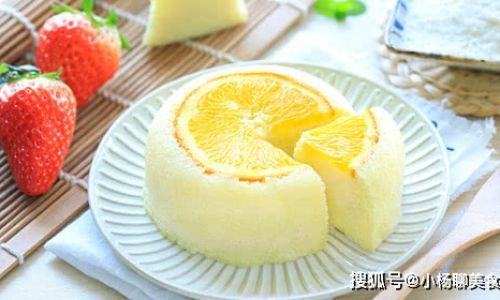
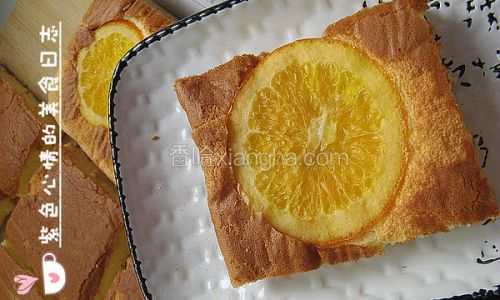
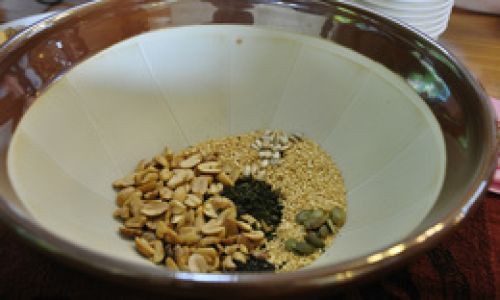
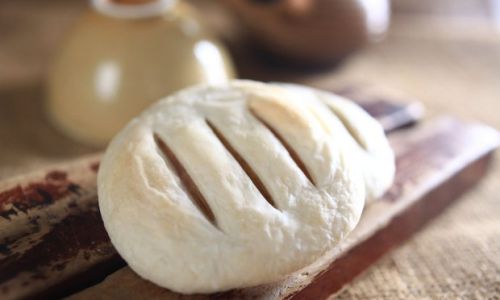
0 comments